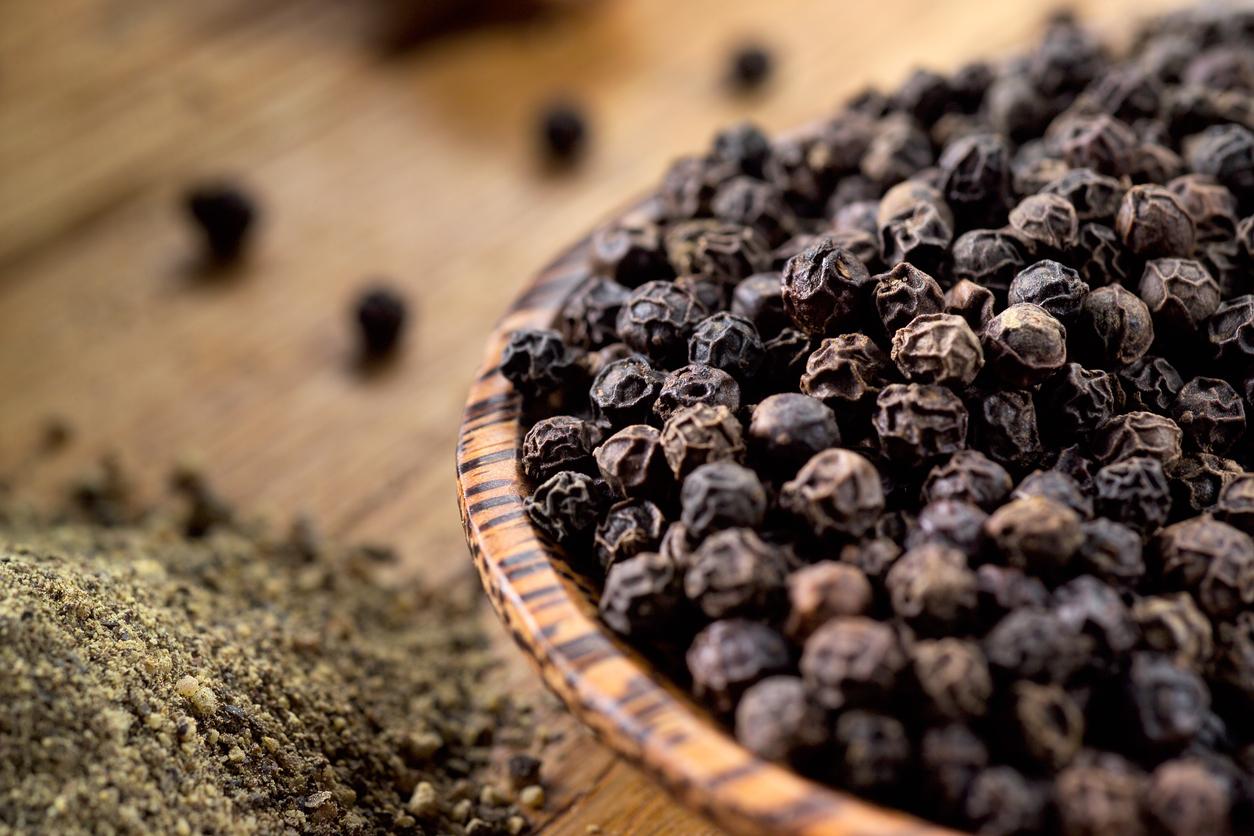Acetyl tributyl citrate is a chemical compound used as an alternative to phthalates, endocrine disruptors: a new study shows that it is also dangerous for health, and in particular the brain.

- ATBC is used in the manufacture of plastic toys as an alternative to health-hazardous phthalates.
- A new study shows that this material can interfere with the growth of neurons.
- However, ANSES claimed that it presented no health risk in 2016.
Phthalates are everywhere. These chemicals are present in children’s toys as well as in food packaging or in vinyl floors, and even in some cosmetics. Several studies on animals have shown that they are endocrine disruptors and that they can harm the reproductive function and the development of the fetus. Thus, manufacturers have created new materials to replace them. But according to a new study, presented at the annual meeting of the American Society for Biochemistry and Molecular Biology, one of them would also be dangerous to health. Acetyl tributyl citrate (ATBC) would have consequences on the growth of neurons.
Alternatives to phthalates are not necessarily safer
“In the past industries have quickly moved away from using toxic chemicals to making an equally toxic chemical, this is something we are actively trying to avoid repeating“, explains Kyle Sease, co-author of this research. Acetyl tributyl citrate is used today as an alternative to phthalates in the manufacture of toys or in food packaging. The scientific team therefore cultured cells, similar to glial cells that protect neurons, in the laboratory. Using different molecular research methods, they observed the effects of ATBC and other products used as alternatives to phthalates on these cells. According to their conclusions, the cells cells exposed to ATBC increased their expression of two genes associated with cellular stress (called Nrf2 and p53) and also increased their production of an enzyme associated with cellular senescence (B-galactosidase), which can lead to the arrest of cell growth and block their division.
ATBC: further studies needed to better understand the effects of this chemical
“The results suggest that ATBC may interfere with the ability of glial cells to regenerate, which may reduce their ability to protect neural cells and lead to neurodegeneration and accelerated aging. conclude the authors in a press release. It’s also possible that exposure to ATBC during early development – when neurons are actively growing and dividing – could directly affect neurons and interfere with brain development.”
American scientists also point out that neurons cannot grow back when they are damaged: these effects would therefore be permanent. “We believe this finding warrants further testing of ATBC at different doses, in different settings, and in whole organism models.“, they specify. Two other products tested, GPO and DOA, did not show the same effects. According to Kyle Sease, these plasticizers do not seem “affect cell division in these cells“, he believes that a “Better understanding of the effects of different plasticizers will allow us to better understand how to make safe ones.”.
ATBC: these phthalate substitutes present “no health risk”, according to ANSES
These results contradict those of a study carried out in 2016 by the Health Security Agency (Anses), in France. Its experts have assessed the “the health risks associated with substitutes for these substances (phthalates, editor’s note) present in plastic toys and equipment, intended for infants and children under 3 years old”. They tested the effects of five substitutes, including ATBC, by observing their migration in a substance similar to saliva. The experts then concluded:the results of ANSES’s expert appraisal do not reveal any health risks for children under 3 years of age“. This new American study could therefore call into question what we thought we knew about alternatives to phthalates.
Substitutes for phthalates in toys: no risk demonstrated for the health of children under 3 years old https://t.co/upMCqMglJq pic.twitter.com/o6sHTcgEgs
— Anses (@Anses_fr) October 4, 2016
















